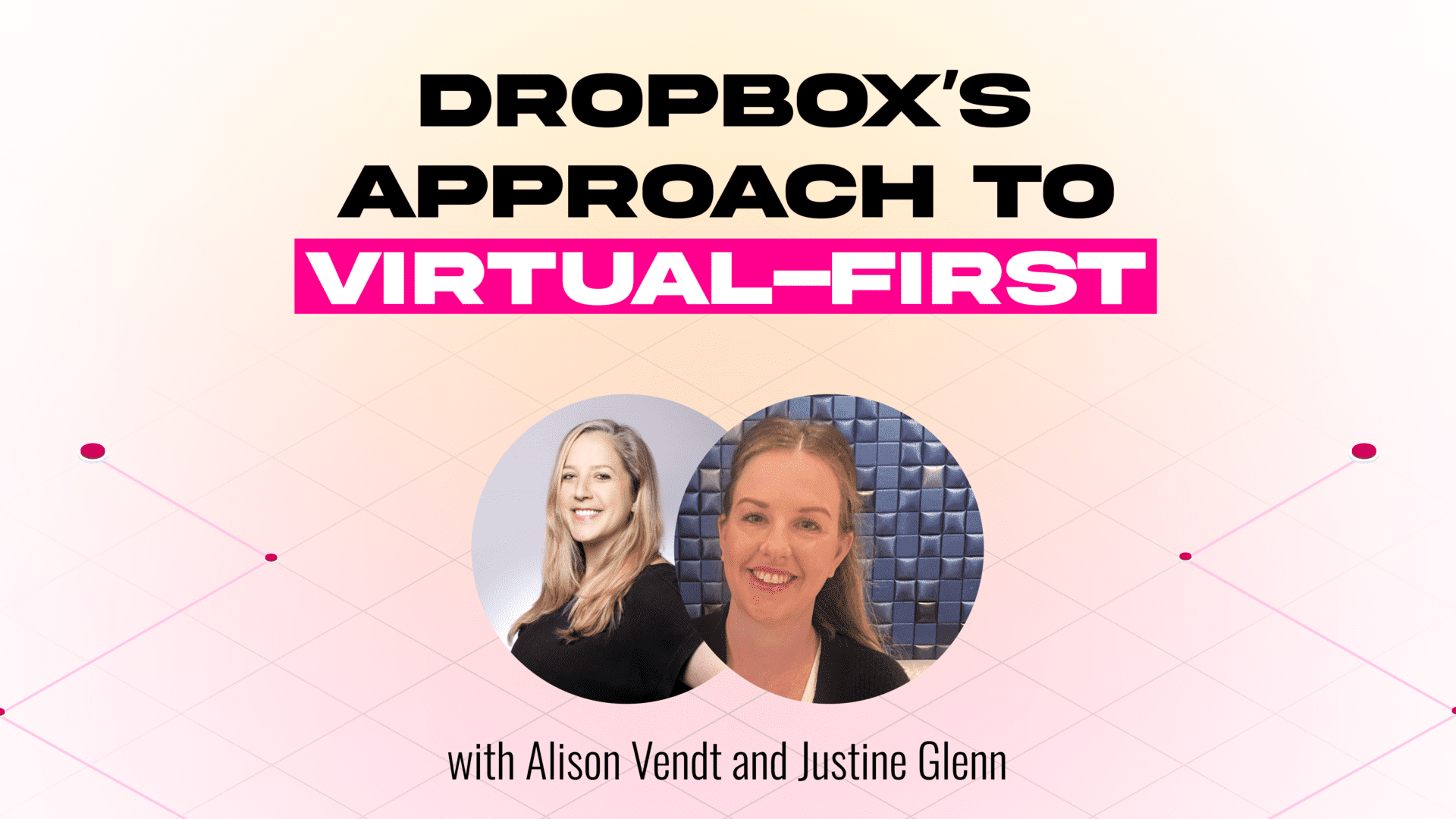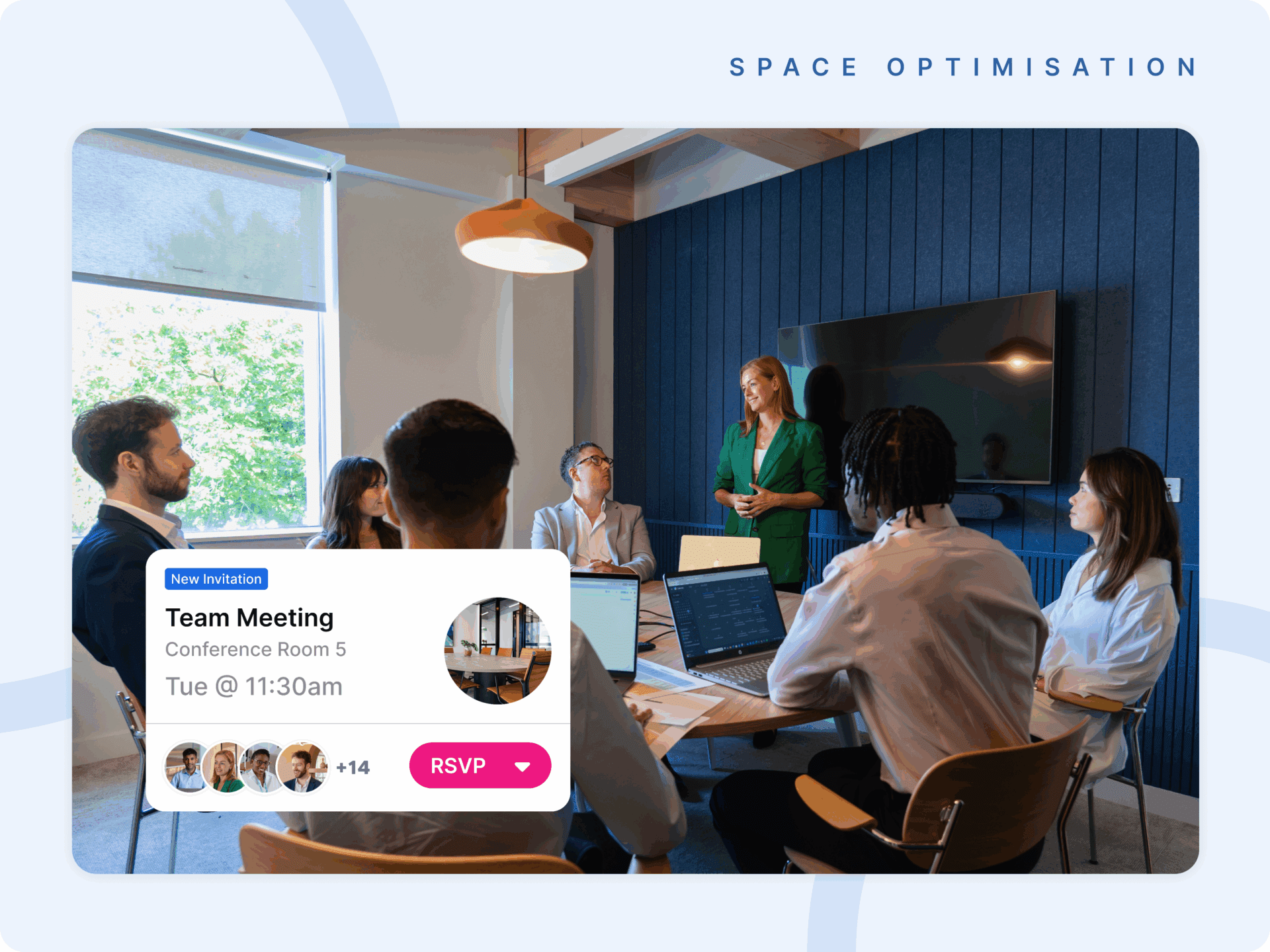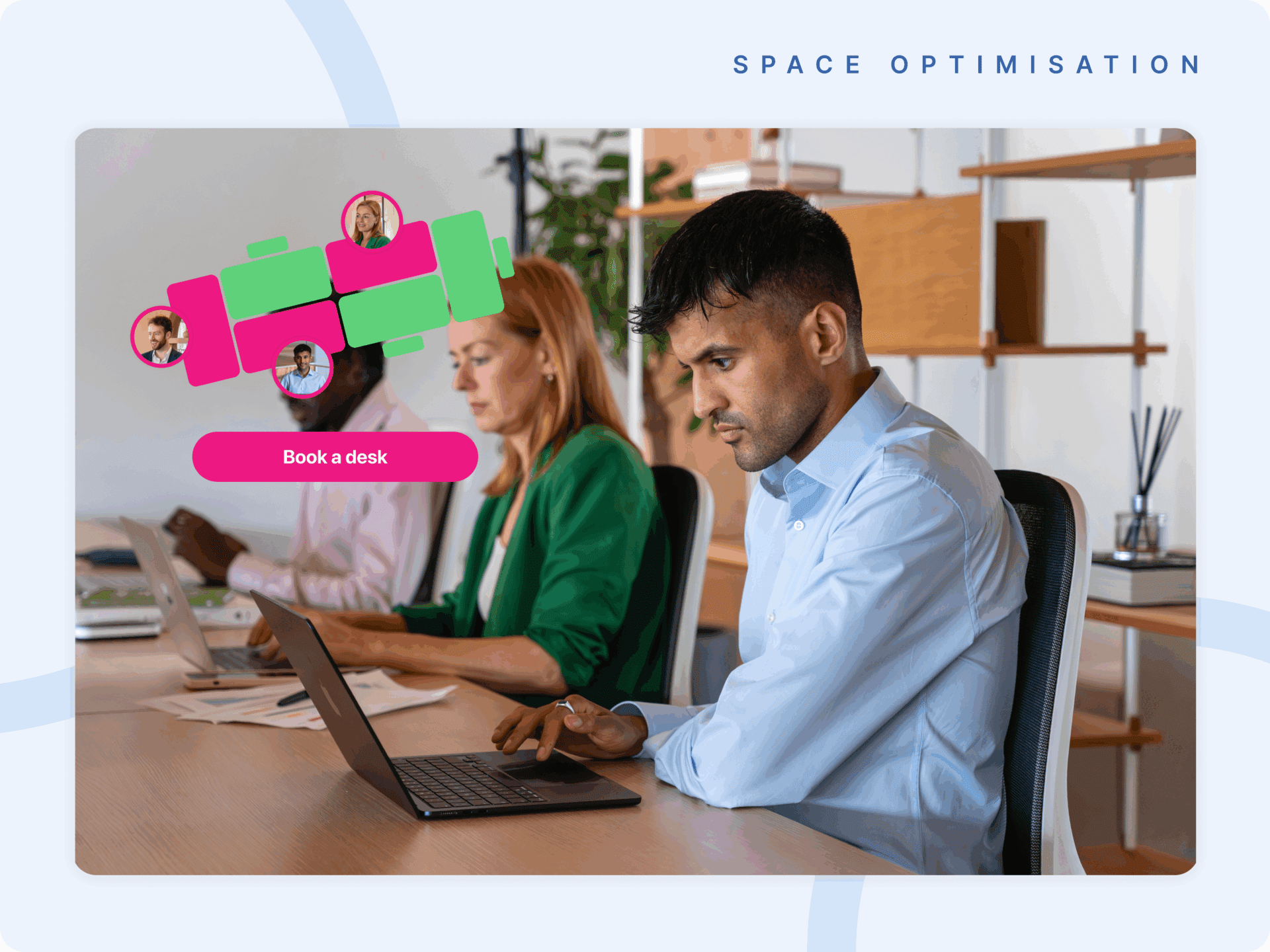The COVID-19 pandemic was more than just a disruption to our daily routines—it was a wake-up call that forced companies to rethink how they operate. The traditional office, once the cornerstone of workplace culture, has become less central as organizations embrace more flexible, virtual-first models. But as we move forward, the real challenge is clear: How do we maintain connection and engagement in this new world of work?
Dropbox offers an insightful case study in how to adapt, focusing on what they call “moments that matter.” But beyond that, there are some broader lessons about flexibility, autonomy, and the impact of remote work on employee well-being.
The Shift From Office-Centric To Virtual First
Let’s face it—the workplace has undergone a seismic shift. Before COVID, the office was everything. It was the hub of culture, collaboration, and community. But as the pandemic forced us into our homes, companies like Dropbox had to ask themselves a crucial question: How do we maintain our culture without the physical space that once defined it?
Dropbox’s transition to a virtual-first model is fascinating because it wasn’t just about enabling remote work—it was about redefining the employee experience entirely. They had to rethink how to keep that sense of belonging and connection that used to happen naturally in the office. And they did this by being intentional, innovative, and deeply attuned to the needs of their employees.
Remote Work: The Path To Job Satisfaction And Well-Being
One of the most significant benefits of this shift to remote work is the positive impact it has had on employee job satisfaction. Let’s be real—commuting takes a major toll, physically, emotionally, and financially. It’s draining, and for caregivers, it makes an already challenging job even more taxing. Shocking that people value organizations that understand this, right? The truth is, remote work has given employees the flexibility to manage their lives better, and they’re happier for it.
But the benefits don’t stop there. Research from institutions like Florida International University, led by Ravi Gajendran, and the University of Pittsburgh, led by Mark Ma, has shown that people who work for companies offering flexibility experience considerably lower rates of depression. The ability to take care of oneself, to spend time with friends and family, to embrace hobbies—these are not just perks; they’re essential to well-being. Shocking that all these things make people happier, right?
And then there’s the matter of autonomy. The flexibility to design one’s schedule according to personal needs and preferences has led to higher job satisfaction across the board. We all work differently, we’re all in different seasons of life, and we all face external challenges outside of our control. Having the agency to get stuff done (GSD) on our own terms is a game-changer. Again, shocking that this would lead to greater satisfaction in work, right?
Moments That Matter: The Key To Connection
But with all this light comes a shadow. While remote work has boosted job satisfaction and well-being, it has also introduced challenges like loneliness and isolation. During the height of COVID, many people reported feeling more lonely and isolated, and these feelings are not to be dismissed lightly. However, as we’ve moved into the post-COVID era, the flexibility that comes with remote work has people reporting higher levels of happiness overall.
So, what’s the answer? It’s not about swinging the pendulum back to mandatory office time—it’s about finding balance. People need flexibility within a framework. This is where Dropbox’s concept of “moments that matter” comes into play. These are the intentional touchpoints that foster connection, collaboration, and innovation in a world where impromptu office chats are no longer the norm.
To pull this off, Dropbox launched the Neighborhood Program. It’s an elegant solution: employees are grouped into local cohorts, or “neighborhoods,” based on where they live. Even remote workers are included through Pocket Neighborhoods. This setup allows employees to connect with colleagues nearby, whether through on-demand co-working spaces, social events, or even virtual all-hands watch parties.
What’s brilliant about this approach is that it not only fosters connection but also builds a sense of community that transcends the office walls. These moments—whether in-person or virtual—are the glue that keeps Dropbox’s culture intact, even when their teams are miles apart.
Flexibility: The Future Of Work
If there’s one thing we’ve learned from companies like Dropbox, it’s that flexibility is the future of work. This isn’t just a trend—it’s a fundamental shift in how we think about work. Employees want the freedom to design their workdays around their lives, and they want to be trusted to do so.
Dropbox has embraced this with a philosophy of “trust over surveillance.” By treating employees like adults and giving them the flexibility they need, they’ve created an environment where people can do their best work. This approach doesn’t just boost productivity; it makes employees happier and more likely to stay with the company.
How Kadence Can Help Create Moments That Matter
So, what’s the takeaway for other companies? Simple: moments that matter are essential. And this is where Kadence comes into play. Kadence helps teams create and sustain meaningful connections, whether they’re working together in person or remotely.
Kadence provides the tools and flexibility needed to tailor interactions to each team’s unique needs. Whether it’s regular check-ins, team-building events, or just keeping everyone connected day-to-day, Kadence empowers teams to create those critical moments that foster connection, collaboration, and trust.
In a world where the traditional office is no longer the default, Kadence helps companies build workplaces that are not just productive but also meaningful. By focusing on moments that matter, organizations can build stronger, more resilient teams that are better equipped to thrive in the modern workplace.
Wrapping It Up
The shift to a virtual-first model, as exemplified by Dropbox, has pushed us to rethink how we connect and collaborate. This isn’t just a stopgap—it’s the future of work. By focusing on creating moments that matter, leveraging the right technology, and embracing flexibility, companies can build stronger, more resilient teams.
With tools like Kadence, you can continue to create and sustain those meaningful connections that keep your teams engaged, connected, and aligned with your goals. The future of work is flexible, and by zeroing in on what truly matters, you can create workplaces that are not only successful but also deeply fulfilling.
Dave is Kadence’s Future of Work Strategist. He foresees what’s unfolding in the world of work and advises our customers on how to prepare and adapt to the latest trends easily.




